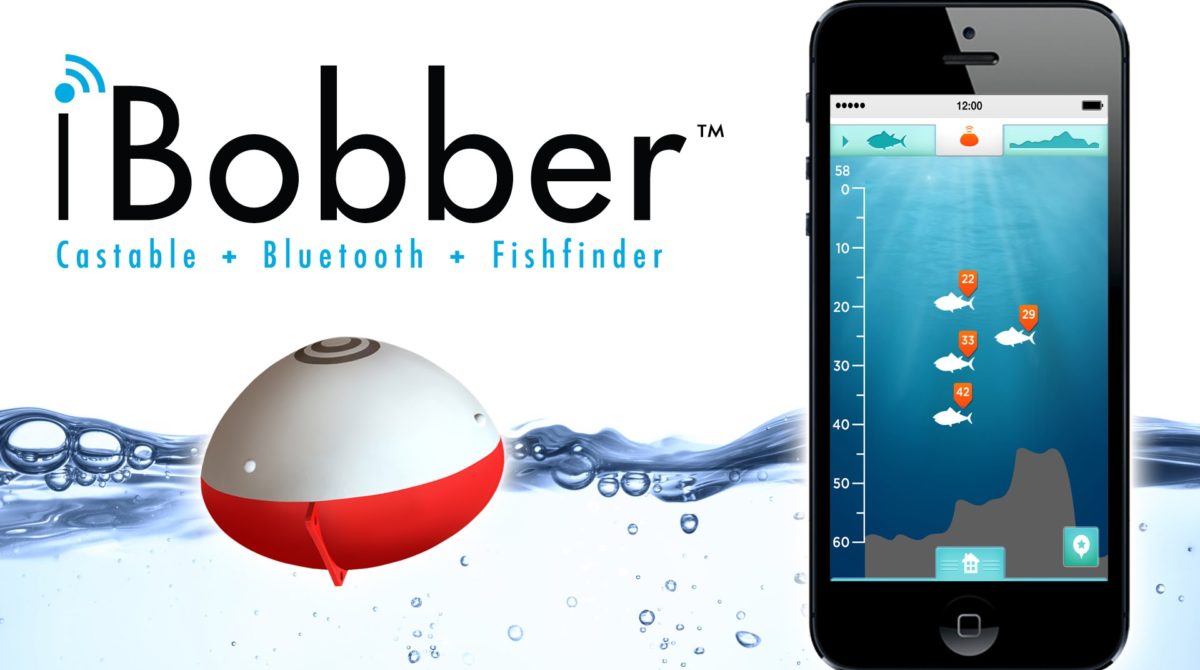The differences between personal and marine electronics continue to fade as manufacturers take inspiration and technologies in the mobile phones that are an increasingly significant part of our lifestyles. The electronics we’d like on our boats are getting to be more attached to the technologies the cloud provides usage of, and we understand the benefits in not merely increased performance and user-friendliness, in the flood of knowledge we now have balance out around the water. Nothing exemplifies this greater than the Simrad GO7 XSE
The DragonFly brings a brand new technology – CHIRP – that until recently was only available on high-end fishfinders that cost thousands. Unlike traditional fishfinders which use single or double frequency, the new Raymarine model uses a array of frequencies at the same time. CHIRP means Compressed High Intensity Radar Pulse which is considered by many not able to sonar fishfinders.
The downside with the Garmin 140 would have to be its display. It is the old fashioned grayscale display your parent’s suited for their boat. And it doesn’t supply you with the capability to GPS your situation in order to come back to same position. It also does not feature pre-loaded maps of rivers or lakes that could be in your town. But that is okay considering the price. The 140 is comparatively cheap and you may locate fairly easily it for around $100 should you look around the
for catching muskie. Because of the muskie’s size, you’ll receive ideal results which has a sturdy 7-8 foot durable pole, combined having a 20-25 pound test line. If you use a wire leader, be sure it’s 75-100 pounds. A casting reel is ideal with your fish. They’re not happy with lure or bait simply hanging there, and muskie desire to be challenged. Some fishermen are favoring braided super lines that are thinner and stretch the maximum amount of, and get away from wire leaders altogether.
While the higher frequencies for example 192 and 200 kHz are prepared for optimal used in shallow water, low khZ devices for example 50 kHz provide superb fish finding capability in deep water. With higher frequency, a greater level of detail might be detected and viewed for the display panel, thanks to the large sum of sonar waves transmitted and received.
